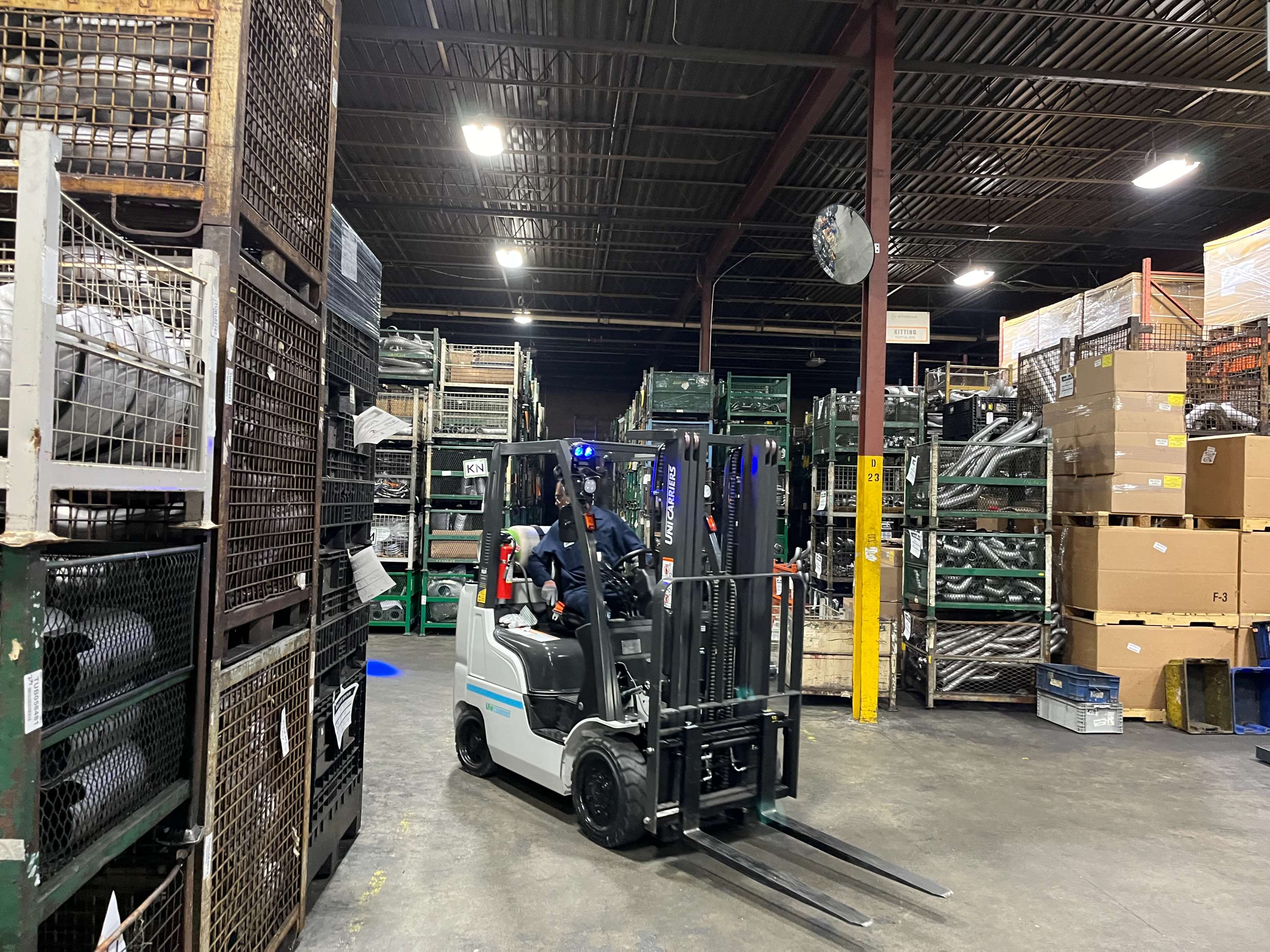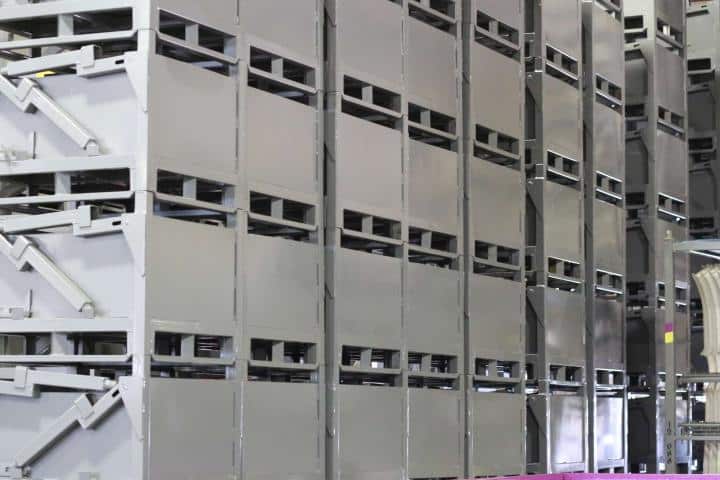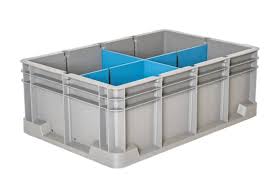Load Tests Prove Accuracy
Making Sure Inventory Doesn’t Slip Through the Cracks
We recently had the opportunity to partner with the largest automotive manufacturer in the world to help improve logistics efficiencies within its production. This plant bases inOntario receives thousands of parts on a weekly, ‘Just In Time’ basis to build its compact crossover SUV’s. Certain parts especially those like axel pre-assemblies and specifically batteries are shipped to the plant in stackable bins. Each stackable bin assembly houses 32 individual bins in an 8’ x 4’ group enclosure making it easy to transport from the auto supplier to the OEM in transport trailers.
The logistic process involves the supplier shipping the full grouping of bins to the OEM full and the OEM returning them empty to be filled again with finish product. The problem that this auto manufacturer, and many others was having was that the bins are not always empties at the plant and product is overlooked for a variety of reasons and returned to the auto supplier. The cost of product return in assembly delays results in higher cost to sort out inventory, delays and administrative reconciliation. Looking for a way to eliminate this problem the OEM reached out to us for a solution.

How Accurate is Accurate!
When you read our spec sheet it will detail that our hydraulic pressure transducer scales are 1% of the capacity of the lift truck. That means if you have a 4,000lb capacity lift truck you can expect a weight readout variance of 40lbs or better. Sounds good on paper but this auto manufacturer wanted to perform a variety of load tests to see if in fact this variance was able to pick up lost parts inside the bins, consistent in its repeatability, and easy to use for the operator. The 32 empty bins weigh 1015lbs empty, as it should before being returned to the supplier to be refilled. The batteries weigh 40lbs and the load test was put together to see if the weigh scale could pick up consistently if 1 battery was left in the bins. The lift truck was a 5,000lb 4-wheel counterbalance and the scale was the IVDT SC2 with +/-1% of capacity the lift truck, therefore the guarantee is 50lbs or better. The first load test was a series of 10 lifts of the empty stacked bin enclosure all 10 were either 1015lbs, 1020lbs or 1025lbs – never mor than 10lbs out. Now came the moment of truth a series of 20 lifts with 1 and 2 batteries left in the bins. The 10 lifts with 1 battery were all 1055lbs with a variance of 15lbs. The series of 20 lifts were all 1075lbs with a variance of 15lbs.
The tests proved that the SkidWeigh Classic would in fact detect overlooked parts. In fact, when performing the load test at different lift speeds and heights to account for operator involvement. The SC system is easy to install in approximately 2 hours, retrofits to any lift truck models regardless of vehicle make, lift capacity, or operating voltage from 12 to 55 VDC and does not derate the lift truck.




